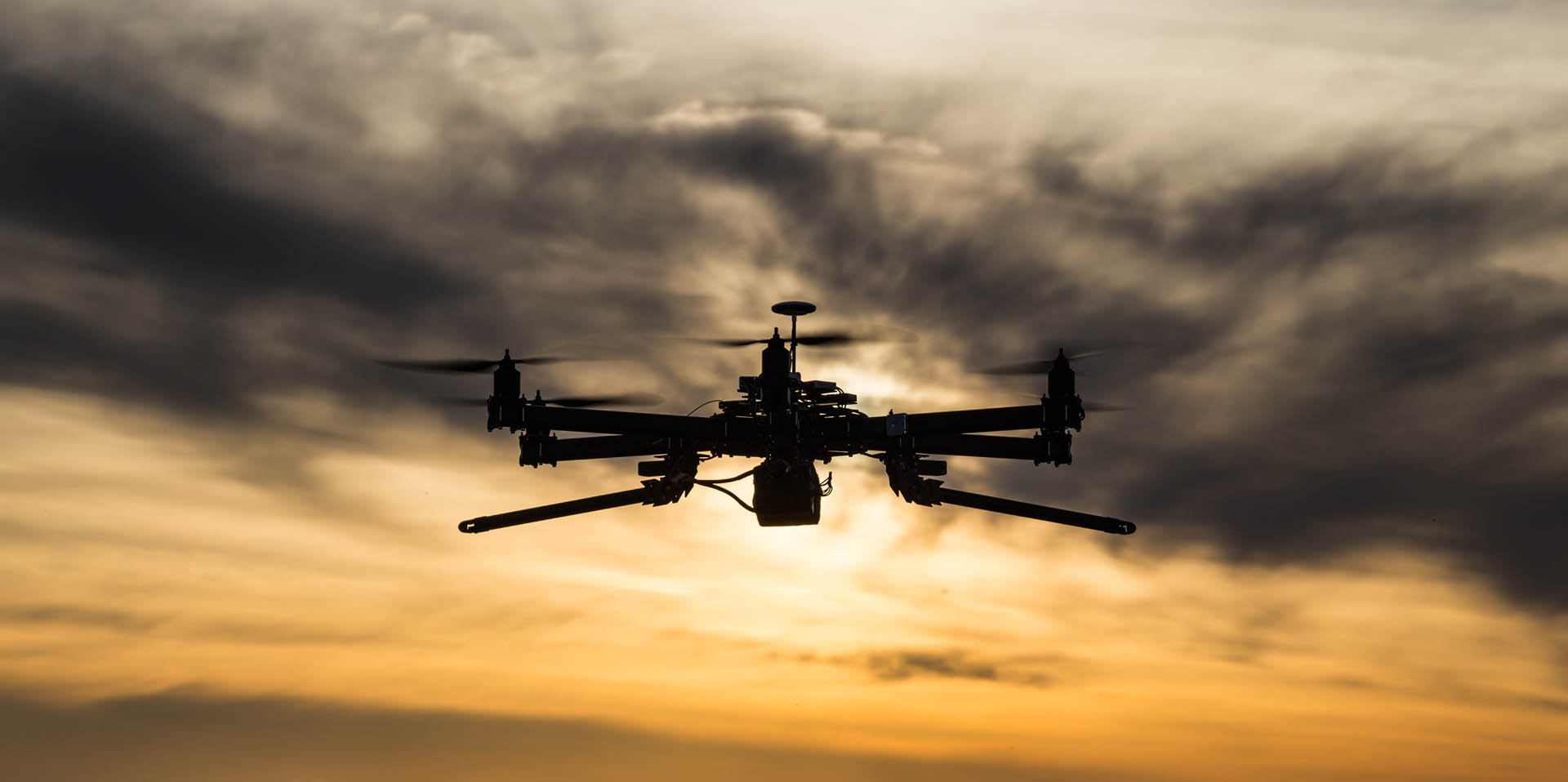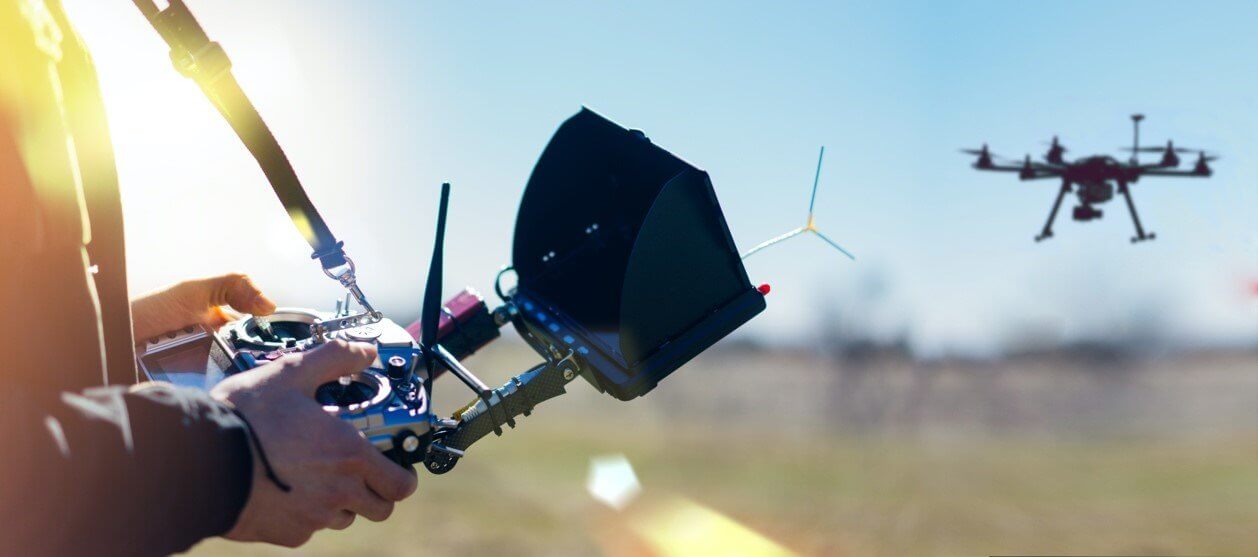

Global Aerospace provides insurance policies that are specifically designed for UAS and protect the entire system including Payload and Ground Equipment. Our team of underwriters has been trained to understand these differences and to assist in developing the proper drone insurance coverage for your exposures. While the basic risk profile and insurance requirements for UAS are shared with piloted aircraft, there are important differences in the risks associated with developing and operating this new technology. Additionally, we are pioneering new and innovative ways to ensure that the UAS industry is able to access insurance in efficient and cost effective ways. We are providing industry-leading products and services for all areas of the drone industry including operators, manufacturers and all companies in the risk chain. You’ll want coverage that can protect you in court, and your home insurance probably won't be much help because it covers a different type of liability.Home > Unmanned Aircraft Systems Insurance Unmanned Aircraft Systems (UAS) InsuranceĪs aviation regulators around the world actively work to establish guidelines for the safe integration of UAS into our airspace, Global Aerospace is at the forefront of insuring this rapidly expanding industry. Drones crashing or falling out of the sky are a concern, but so is a drone that comes a bit too close to someone’s property for their comfort. This requirement can add to the cost of insurance. While not necessarily a red flag, be aware that pricing or coverage may be contingent on training and that some insurers may only accept certain certifications. For physical damage or loss claims, the insurer deducts the deductible amount from the claim payout, reducing your payout or even eliminating the payout altogether for smaller claims. The deductible is the part of the claim you pay. For business applications in particular, some policy offerings may be too sparse and may sidestep important coverages like ground equipment, accessories or liability coverages that can be costly risks to your business. In some cases, these could replace the cost of hull coverage for some drones. Drone makers DJI and GoPro have affordable repair services or protection plans. Non-owned coverage helps protect you financially if the drone you’re using is not your own. There may be times, particularly in business applications, when you need to lease a specialized drone or hire for a limited time. Dedicated ground equipment can often be added to a drone insurance policy, providing protection for laptops, controllers, ground stations, tablets and more. Personal injury is often confused with bodily injury, but personal injury refers to libel, slander, defamation, copyright infringement and invasion of privacy, the last of which is the primary concern for drone pilots. Some insurers cover this under a separate coverage called personal injury coverage. Even if unintentional, these types of lawsuits can be expensive to defend.


Another consideration is lawsuits due to an invasion of privacy. If your drone damages the property of others or injures someone, liability coverage can come to the rescue. While damage claims for the drone itself are more common, liability is the largest potential financial risk for drone operators. If you have specialized cameras or other accessories attached to your drone, consider this coverage. The specialized equipment not covered by hull damage coverage may be covered by payload coverage.

Flyaway coverage is a comforting coverage to have. Finding your drone in these cases can be like looking for a needle in a haystack. A gust of wind, malfunctioning hardware or simple pilot error can lead to a lost drone. Theft coverage can help you get back to business quickly. A stolen drone could mean downtime and lost revenue for a business. Many drones cost over $1,000, so theft can be a concern. Much like other types of vehicle insurance, customizations and accessories may not be covered. Be sure to read the fine print regarding what’s covered and what isn’t. Some policies refer to this as physical damage coverage. Damage to the drone itself - but not its accessories - is provided through hull damage coverage.


 0 kommentar(er)
0 kommentar(er)
